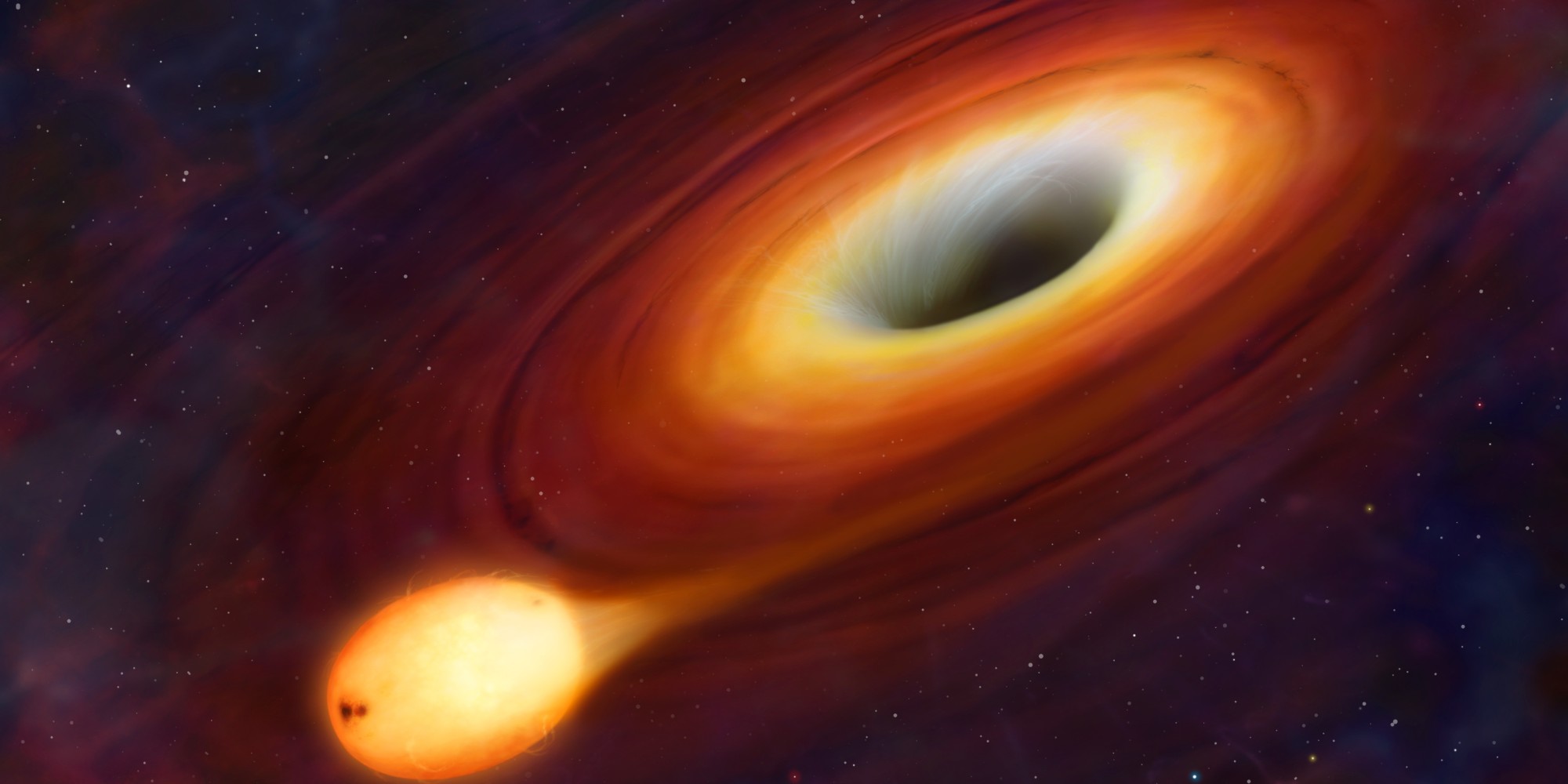(Before It's News)
Discussions concerning all matters of humanity’s ascension into a higher dimensional existence culminating in 2012

Excerpt from
csmonitor.com
By Pete Spotts
Scientists believe a mysteriously bright object in a galaxy 90 million light-years away could be a rogue black hole evicted during the merger of two galaxies.
Astronomers have long hunted for galaxies that might be evicting supermassive black holes at their centers. Eviction would represent an important confirmation of Einstein’s theory of general relativity under extreme conditions and could help shed light on the influence such massive features have on the evolution of galaxies themselves.
Now they may have found one of those rogue black holes. A dwarf galaxy 90 million light-years from Earth hosts an unusually bright object some 2,600 light-years from its center – an object that carries many of the signatures one would expect from a supermassive black hole feasting on surrounding gas. The galaxy involved is known as Markarian 177, located within the constellation Big Dipper.
The object’s position far from the center of the galaxy and the galaxy’s odd shape makes it “the most promising candidate we’ve found” for a supermassive black hole ejected during the merger of two galaxies, says Laura Blecha, a researcher at the University of Maryland in College Park, who focuses on the interrelationship of supermassive black holes and their host galaxies as the two evolve.
She cautions that a renegade black hole is not the only explanation for the object the team has observed.
If it is a supermassive black hole, however, it would represent a spectacular confirmation of Einstein’s general theory of relativity as it relates to the enormous gravitational fields of supermassive black holes..
Black holes are objects so dense that their gravitational tug prevents even light from escaping. So-called stellar black holes form from the explosion and collapse of very massive stars.
Supermassive black holes tip the cosmic scales at millions to billions of times the mass of the sun. They are thought to lurk in the centers of most, if not all, galaxies. These behemoths are thought to play a key role in galaxy evolution by regulating a galaxy’s rate of star formation.
When galaxies merge, so do their central black holes. Theorists have noted that based on Einstein’s theory of general relativity, such black-hole mergers should generate powerful ripples in the very fabric of space-time, ripples known as gravitational waves. One way these merger-related gravity waves would make their presence known is through a recoil effect. This effect would be powerful enough to launch the single merged central black hole out of the center of its newly enlarged galaxy into an orbit that grows ever wider. If the galaxy’s gravity was weak enough, as it might be in a dwarf galaxy, the black hole could travel fast enough to leave the galaxy altogether.
“Either way it’s something very interesting,” she says.
Click to zoom
 http://ascensionearth2012.blogspot.com
http://ascensionearth2012.blogspot.com
Source:
http://www.ascensionearth2012.org/2014/11/could-orphan-black-hole-confirm.html

http://ascensionearth2012.blogspot.com




